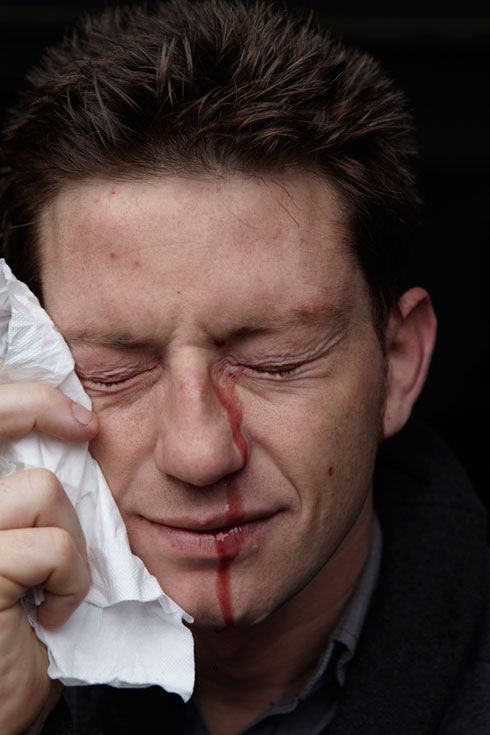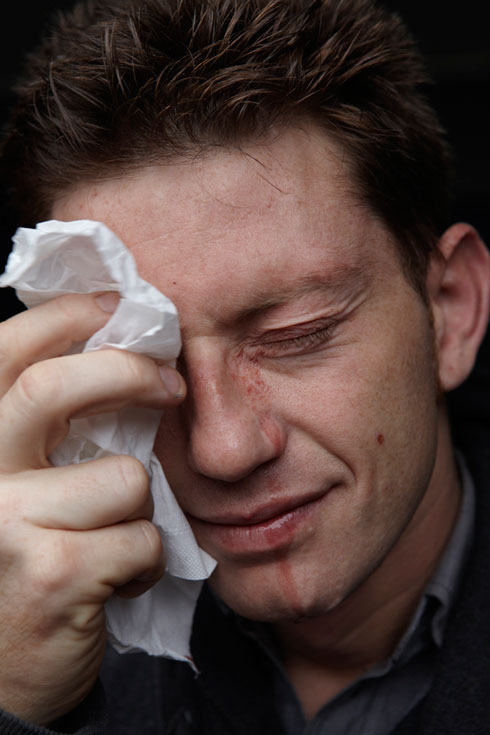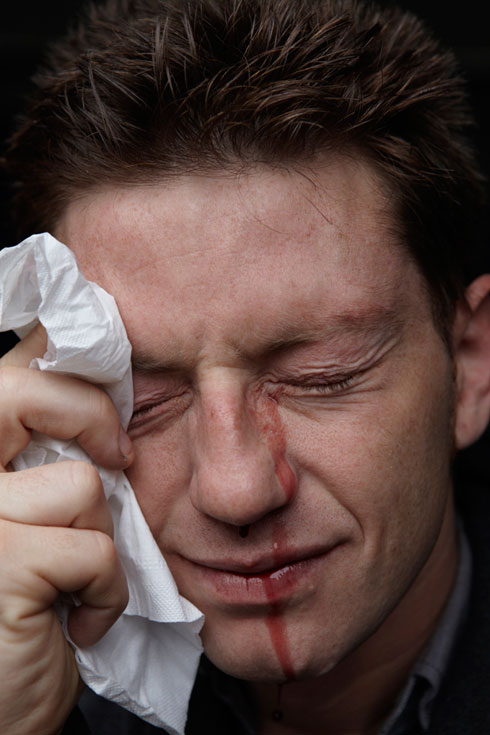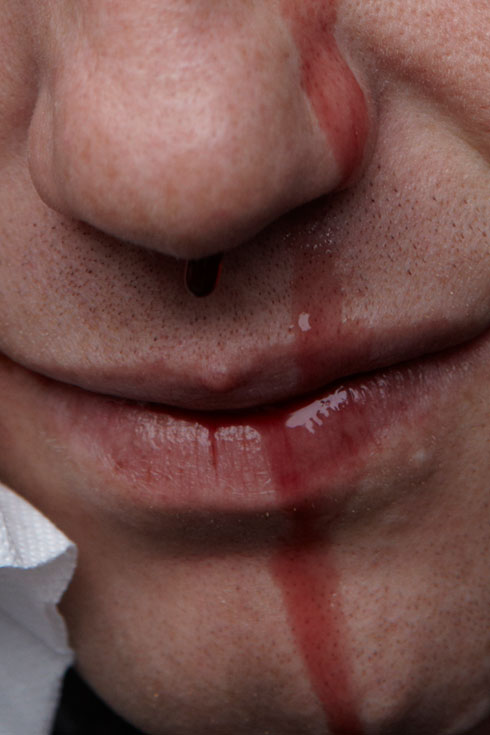Opimius & Allobrogicus



 Text: Alex Whyte Images: James Nelson
Text: Alex Whyte Images: James Nelson
Giorgio De Maria is perhaps the most approachable and endearing wine geek in the country. Beyond passionate, even bookish, he is more candid than the average sommelier – perhaps because he becomes so animated he cannot hide his secrets, perhaps because he is just more willing to share. This, coupled with a sweeping knowledge of the grapes of Italy, makes him a real boon for Sydney drinkers. In the world of cocktails, it is not uncommon to hear of mythical barkeeps whose personalities are as much of an attraction as the drinks they serve. This happens less in the world of wine, where pretence and rhetoric often come at the expense of personality, but with De Maria, you get the sense it is only a matter of time.
Picture this: a group of us are down at 121BC, his tiny bar and bottle shop in Sydney’s Surry Hills. As you should, we asked Giorgio to choose us a couple of bottles. A few minutes passed and he returns clutching two bottles with the most bizarre technicolour labels. What are they? A white (Paski) and a rosado (Volpe Rosa) by Cantina Giardino, both made from Campania’s Coda di Volpe grape. As he opens the bottles, telling us how cool it would be to drink them side-by-side, a plate of salumi hits the table. At once he becomes agitated. There is a look of concern. Hastily he puts down the bottle, runs to the other end of the bar and grabs another. “Wait, wait, you must try the Lambrusco with the salumi!” He grabs another five glasses (we have been here all of ten minutes and now have 15 in front of us) and pours us all a glass. You must try it with the salumi.
In both the bottle shop and the bar, the wines are arranged not by grape colour or variety, but geographically from north to south. It is a clever way of negotiating Italy’s treacherous glut of varieties and regions. As you enter the bottle shop, you’ll be starting at the wines of Valle d’Aosta. Move to the left and you’ll pass the likes of Emilia Romagna and Puglia, before ending up in Sardinia. On the other side of that glass sits the bar: a dark, sleek, 007-lab-like place, where De Maria and sidekick Kate O’Hara pour glasses and drop plates with considerable poise. There are only 20 odd seats, nearly all of which face the staff – a simple feature in which lies the brilliance of the place.
A blackboard lists whatever De Maria has decided to pour that day. There will be some fizz, perhaps a prosecco colfòndo (aged on the lees, with noticeable sediment), a cocktail (Negroni sbagliato’s anyone?) and whites, like cattaratto from Sicily’s Porta del Vento. Reds might feature San Valentino from the cultish Paulo Bea, and there is always one orange wine (the colour is the result of white grapes being treated to an extended period of maceration on their skins, much like a red wine), such as the mineral haze that is Benjamin Zidarich’s Vitovska. There is an emphasis on artisanal producers, on those who make wine naturally. Oh, and any bottle from the shop can be enjoyed in the bar for a mere $15 corkage, a proposition that represents real value, especially if you want to push the boat out a little bit.
Drinkers are very lucky to have a chef of the calibre of Vini’s Andrew Cibej, sending out what are essentially flawless bar snacks – things like balsamic-glazed pork ribs, hunks of just-warm mortadella topped with sweet, sticky onions, and hot, salty pillows of gnocco fritto, fried dough made for wrapping in salumi.
Sydney has been treated to the opening of several great wine bars in the past year. Places like Love Tilly Devine, 10 William Street, and The Wine Library make it hard to think of a city other than Paris where one can drink with such variety and individuality. But it is 121BC that seems to have achieved that combination of service, space, booze, and food that all these places strive for. I sat down with its architect, Giorgio De Maria, to get an idea of what he wants to achieve.
Alex Whyte: Giorgio, you are from Piedmont, an area of Italy renowned for its food and wine. What was it like growing up there?
Giorgio De Maria: I was always around food as my dad was always cooking at home, and from around the age of seven or eight years old I would always get a little wine in my water at lunch and dinner, but I never thought of it as something particularly good! I think the first time I really felt like I had discovered something was when I was about 15 years old. I think it was a Moscato. Like everyone else, I started with the easiest wine to drink and went from there.
AW: In Australia you started out at Vini, which at the time was one of the few places in town that good food and wine could be had in a dark, cramped, space without having to spend a great deal of money. It seems that with Berta and 121BC, the emphasis is still on welcoming as many people as possible.
GDM: That is really important for me. The instant somebody walks through that door I really like to make them feel like they are coming to my house. It is not necessarily about giving people fine dining service, but about having the attitude of trying to get everything perfect; of trying to make people happy.
AW: You had quite a bit of input into the design of 121BC. It’s a tiny space but it seems a very functional one. What sort of things did you think were important for a bottle shop or a wine bar?
GDM: In New South Wales, it is not possible to have one space where you can sell wine to take away and serve food and wine, so we decided a wall of bottles would allow people in the bottle shop you to see what was going on in the wine bar and vice versa. We wanted to give people the opportunity to walk into the bottle shop and select a bottle to have in the bar. Also we wanted to make the shelves a wine list defined by winemaking regions. If you have a look at the (print) wine list we have in the bar, it is structured in the same way.
AW: Understandably, a lot of people get overwhelmed by Italian wine because there are so many different grapes, so many different regions. How do you go about educating and encouraging people?
GDM: By serving a wine from each region, we get people to try the local grapes. 99% of the wines we pour are local grapes and while there might be, say, a Chardonnay from Valle d’Aosta, that is because it has become tradition to grow that grape there. A lot of these local grapes have a very small production, there is a wine from Lazio called Greco More made from a grape that only one producer still makes. I guess I am trying to encourage that sort of thing.
We list wines by the glass only by region, the name of the wine and the name of the producer. There is no indication of grapes because I think these aspects can be discussed when you speak to someone. If somebody walks in and does not want to ask the staff it can be hard, as there is not too much information on that board, but that is the best way for people to learn I think.
AW: The shop is both temperature and humidity controlled, and in the bar there are three fridges set at different temperatures. Why is the temperature that wine is stored and served at so important?
GDM: I sometimes try wines that I know in Italy on the other side of the world and I can tell that the wine is damaged, or that it is shocked. Sometimes the wine might recover, but other times it may not. So, for me, the temperature for storage and shipping is very important. All the wine we ship from Italy is stored at 15 degrees in a temperature-controlled container, and I see the bottle shop as a place where the wine can rest, so that when you buy it, it is in perfect condition.
Regarding the temperature that wine is served, if you were to serve a white wine like Radikon (Stanko Radikon produces a number of singular orange wines from several plots in Friuli’s Gorizia region) at five degrees you would not get any sort of flavour and you also might intensify tannins and components that would generally not be in a white wine, which can become quite unpleasant. If you drink the wine this way, you are not getting an idea of what the producer is trying to achieve. Without any exaggeration, I believe that each wine has a proper temperature, depending on tannins, fruits and any number of things.
AW: Another thing that seems to be a recurring theme – not only here, but also at Vini and Berta – is that markups on the wine seem to be very fair. Why do you set margins at the level you do?
GDM: Well, hmm… The margins are probably a little too reasonable [laughs], but the idea was to make especially the medium and upper range more affordable. I make things a little bit cheaper than other shops on the cheaper bottles but, when it comes to the medium or high-end stuff, my margin decreases ¬¬– whereas a lot of places like to keep a flat margin. The idea was to encourage people to drink and experience wine that usually they cannot afford.
AW: It must help that you import a lot of your own stuff. How long have you been doing that for?
GDM: I have been doing that with Vini for a year and half now. Most of the wines in Vini and Berta are exclusive to us and here we stock all those labels, but also try to specialise in good Italian wines from other suppliers.
AW: You travel to Italy once, if not more, a year on buying trips. What is it you look for in a wine, or in a producer?
GDM: I travel alone and I travel by car. Some producers might be ones that I have tried somewhere, some are ones that I have read about, but I always leave space for suggestions. I often discover a great producer through other producer recommending them to me. So, when you schedule a wine trip I think it is important to leave space for the unexpected.
AW: You seem to love wines with great minerality; wines that taste fresh. Is there any region or producer that you are finding particularly exciting at the moment?
GDM: Yeah, yeah! I am particularly excited about this Fiano, which is not here yet! It is a producer from Campania called Il Tufiello, and it is from a very small vineyard, less than two hectares. The vineyard is high on the mountain, about 800 metres above sea level. The wine has great minerality, there is a little bit of fermentation on the skins, and there is no addition of sulphites. I think it is a great expression of where it is from, and a great expression of the grape. He is also making wine from a second estate in Piedmont called Tenuta Grillo, which is once again very small, around twelve hectares. There he makes a Cortese fermented on the skins, and a beautiful Barbera d’Asti made in a way that is very old fashioned.
AW: Finally Giorgio, do you ever stop thinking about wine?
GDM: Yeah, ah, not really actually, not at the moment. Even now and then I have a break for Easter, but I am going down to Hobart so I am sure we will be talking about wine again!
AW: Thank you, Giorgio.
GDM: Cheers.
121 BC Cantina and Enoteca
4/50 Holt St (enter from Gladstone St), Surry Hills Sydney
Next story: Level Crossing – Boomgates



